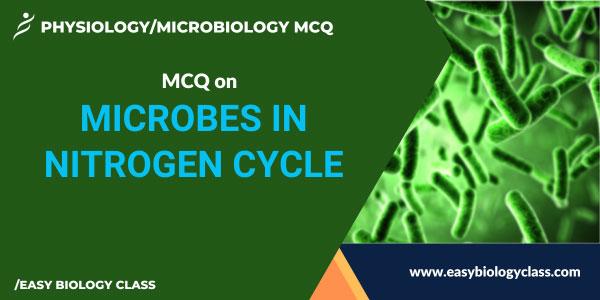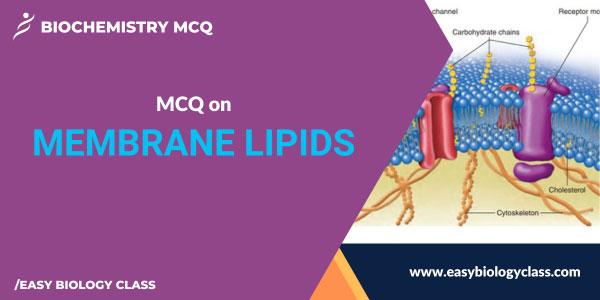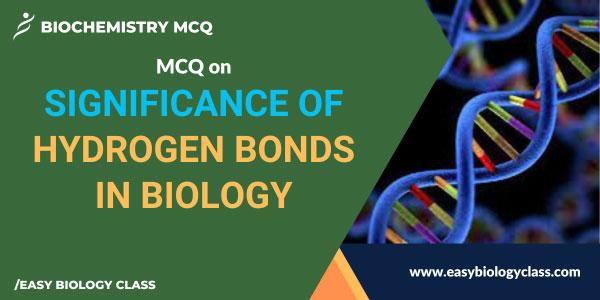MCQ on Secondary Metabolites in Plants: Secondary metabolites are organic compounds not directly involved in growth or development but crucial for ecological interactions and adaptation. They include various phytochemicals like alkaloids, flavonoids, and terpenoids. These compounds serve functions such as defence against herbivores, attraction of pollinators, and responses to environmental […]
Continue ReadingMCQ on Role of Microbes in the Nitrogen Cycle
MCQ on Microbes in Nitrogen Cycle: In the nitrogen cycle, essential for ecosystem health, microbes such as nitrogen-fixing bacteria, nitrifying bacteria, and denitrifying bacteria play pivotal roles. Nitrogen-fixers convert atmospheric nitrogen into ammonia, while others convert ammonia into nitrates and nitrites, shaping nutrient availability in ecosystems. Microbiology Notes | Microbiology […]
Continue ReadingMCQ on Phospholipids: Structure and Functions
MCQ on Phospholipids: Phospholipids are essential components of cell membranes. They consist of a hydrophilic head and two hydrophobic tails. Arranged in a bilayer, they create a selectively permeable barrier, regulating the flow of molecules in and out of cells, vital for cellular integrity and function. Learn more: MCQ on […]
Continue ReadingMCQ on Phloem Transport in Plants
MCQ on Phloem Transport in Plants: Phloem transport in plants occurs through a process called translocation. Sugars, mainly sucrose, produced in photosynthetic source tissues are actively loaded into the phloem. This creates a pressure gradient, causing sugars to flow through sieve tubes to sink tissues, where they are utilized or […]
Continue ReadingMCQ on Importance of Hydrogen Bonds in Biology
MCQ on Significance of Hydrogen Bonds. Hydrogen bonds are crucial in various aspects of chemistry and biology. They stabilize protein and DNA structures, facilitating life’s essential processes. In water, they contribute to its unique properties. In molecules like DNA, they enable genetic information storage and transfer, underpinning life’s molecular machinery. […]
Continue Reading




